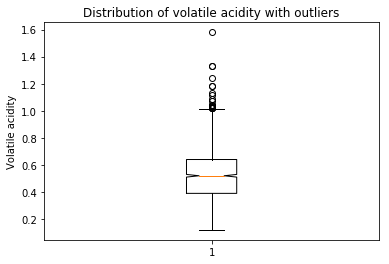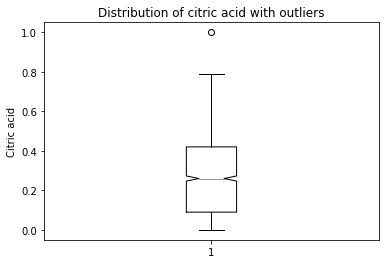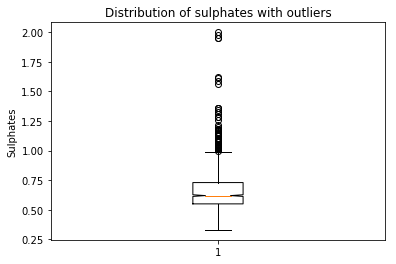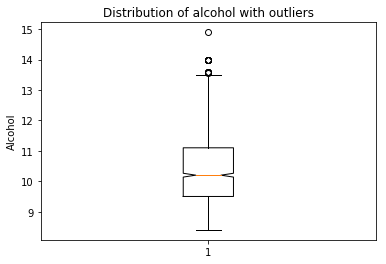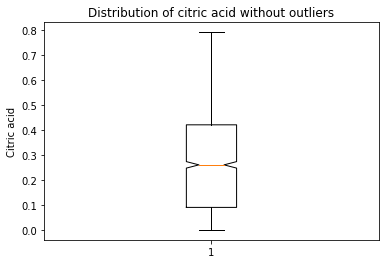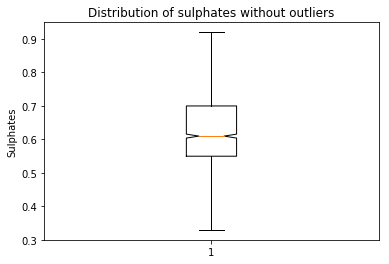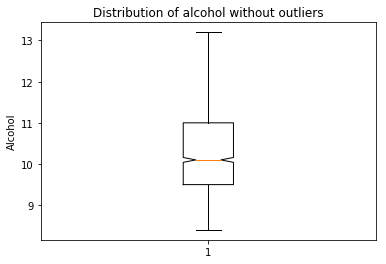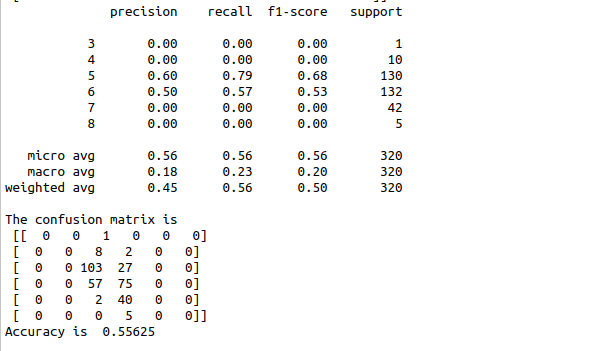To create a logistic regression model for the given data set (having ordinal data type)and analyse the summary and goodness of the model.
Load the data set
Find and resolve the Missing values
Find and resolve the Outliers
Split the data set for training and testing with ratio 80:20 so that training and testing data has 80% and 20% of the original data set respectively
Build the model
Fit the model using the training data
Test the model using the test data
Take the summary and analyse it
Building a logistic regression model : Required libraries :from sklearn.model_selection import train_test_split
from sklearn.linear_model import LogisticRegression
from sklearn import metrics
Functions used :To split the data - x_train, x_test, y_train, y_test = train_test_split(x, y, test_size=0.20, random_state=42)
To build the model - rreg = LogisticRegression()
To train the model - reg.fit(x_train_data,y_train_data)
To test the model - reg.predict(x_test_data)
To take report - metrics.classification_report(y_test,y_pred)
To find confusion matrix -metrics.confusion_matrix(y_test, y_pred)
To find accuracy - metrics.accuracy_score(y_test, y_pred)
#import needed library
import matplotlib.pyplot as plt
import pandas as pd
import numpy as np
#import linear model and train_test_split
from sklearn.model_selection import train_test_split
from sklearn.linear_model import LogisticRegression
from sklearn import metrics
#Read the data file
data=pd.read_csv(‘/home/soft23/soft23/Akshaya/winequality-red.csv’)
def res_mv(df):
for i in df.describe().columns:
if df[i].isnull().sum()!=0:
df[i].fillna(df[i].median(),inplace=True)
for i in df.describe(include=pd.core.series.Series).columns:
if df[i].isnull().sum()!=0:
df[i].fillna(method=”bfill”,inplace=True)
#Function to detect and resolve the outliers
def outlier_detect(df):
for i in df.describe().columns[1:11]:
Q1=df.describe().at[‘25%’,i]
Q3=df.describe().at[‘75%’,i]
IQR=Q3 – Q1
LTV=Q1 – 1.5 * IQR
UTV=Q3 + 1.5 * IQR
x=np.array(df[i])
p=[]
outl=[]
new_data=[]
for k in x:
if kUTV:
outl.append(k)
for e in x:
if e in (outl):
new_data.append(0)
else :
new_data.append(e)
x_temp=np.array(new_data)
median_new=np.median(x_temp)
for j in x:
if j UTV :
p.append(median_new)
else:
p.append(j)
p=pd.DataFrame(p)
df[i]=p
#print(“Outliers resolved”)
return df
plt.boxplot(data[‘volatile acidity’],notch=True)
plt.title(‘Distribution of volatile acidity with outliers’)
plt.ylabel(‘Volatile acidity’)
plt.show()
plt.boxplot(data[‘citric acid’],notch=True)
plt.title(‘Distribution of citric acid with outliers’)
plt.ylabel(‘Citric acid’)
plt.show()
plt.boxplot(data[‘sulphates’],notch=True)
plt.title(‘Distribution of sulphates’)
plt.ylabel(‘Sulphates’)
plt.show()
plt.boxplot(data[‘alcohol’],notch=True)
plt.title(‘Distribution of alcohol with outliers’)
plt.ylabel(‘Alcohol’)
plt.show()
for i in range(1,5):
data=outlier_detect(data)
plt.boxplot(data[‘volatile acidity’],notch=True)
plt.title(‘Distribution of volatile acidity without outliers’)
plt.ylabel(‘Volatile acidity’)
plt.show()
plt.boxplot(data[‘citric acid’],notch=True)
plt.title(‘Distribution of citric acid without outliers’)
plt.ylabel(‘Citric acid’)
plt.show()
plt.boxplot(data[‘sulphates’],notch=True)
plt.title(‘Distribution of sulphates without outliers’)
plt.ylabel(‘Sulphates’)
plt.show()
plt.boxplot(data[‘alcohol’],notch=True)
plt.title(‘Distribution of alcohol without outliers’)
plt.ylabel(‘Alcohol’)
plt.show()
x=data[[‘volatile acidity’,’citric acid’,’sulphates’,’alcohol’]].values.reshape(-1,4)
y=data[‘quality’].values.reshape(-1,1)
x_train, x_test, y_train, y_test = train_test_split(x, y, test_size=0.20, random_state=42)
reg = LogisticRegression()
reg.fit(x_train,y_train)
y_pred=reg.predict(x_test)
print(“Regression coefficient is “,reg.coef_)
#classification report
print(metrics.classification_report(y_test,y_pred))
Conf_Mat = metrics.confusion_matrix(y_test, y_pred)
print(“The confusion matrix is\n”,Conf_Mat)
print(“Accuracy is “,metrics.accuracy_score(y_test, y_pred))
